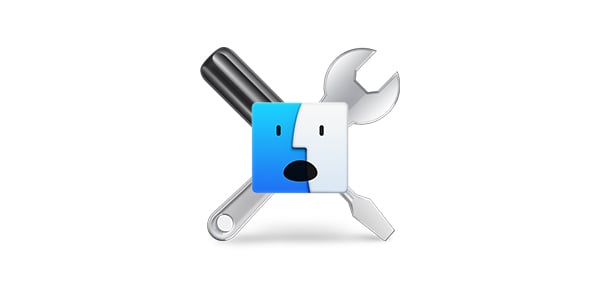What to Do if Your Mac Can’t Run OS X Yosemite
Posted on
by
Joshua Long
Apple recently released a new version of its Mac operating system, OS X Yosemite (version 10.10).
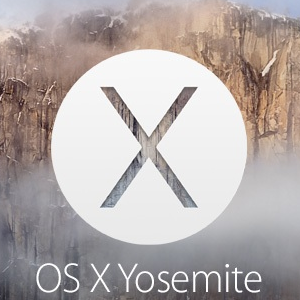 Like last year with the release of Mavericks, Apple chose to continue supporting all the same Macs as the previous release of the operating system. This means that if your Mac was compatible with Mavericks or even its predecessor Mountain Lion, you’ll be able to upgrade to Yosemite.
Like last year with the release of Mavericks, Apple chose to continue supporting all the same Macs as the previous release of the operating system. This means that if your Mac was compatible with Mavericks or even its predecessor Mountain Lion, you’ll be able to upgrade to Yosemite.
However, some Macs are still limited to Lion (version 10.7.5), which is evidently no longer getting security patches now that Yosemite has been released; the lack of a Lion version of the recent Security Update 2014-005 is a harbinger of things (not) to come. In recent history, Apple has only patched operating system vulnerabilities for the current and two previous versions of OS X.
Still older Macs can’t even be upgraded to Lion, meaning they’ll be stuck with Snow Leopard (version 10.6.8) or some earlier version of OS X. That’s not a good thing, because not only does it mean there won’t be any more security patches from Apple, but many third parties have already stopped releasing updates compatible with these operating systems as well.
For now, the only security-related update Apple is still releasing for Snow Leopard is its XProtect “[un]Safe Downloads List,” but there’s no way of knowing for sure how much longer Apple will continue to update it.
Meanwhile, the now three-generations-old Lion operating system is currently still getting both XProtect and iTunes updates. However, these will likely be just about the only things Apple continues to update for Lion over the next year. Development of OS patches costs Apple money and developer resources. Although the same could be said for iTunes updates, Apple has a financial incentive to keep iTunes updated: the iTunes Store and the iOS App Store, both of which are accessible via the iTunes Mac app, bring in a lot of revenue for Apple.
Unfortunately, nobody knows for certain how long Apple will continue to release security patches or XProtect updates for any given operating system.
Although Microsoft publicly announces its support timetables for Windows, and the Ubuntu Linux company Canonical does likewise, Apple has never given any official word to the public regarding how long each version of Mac OS X or iOS will continue to receive security updates, and Apple consistently ignores press inquiries about when levels of support will be dropped for its operating systems.
The good news is that most new Macs sold within the past several years can be upgraded to Yosemite.
Following is the list of Macs that can run a supported version of OS X. If your Mac is older than the ones listed, read on for suggestions on what you can do to upgrade to a supported system.
Yosemite Capable Macs
Yosemite, like its predecessors Mavericks and Mountain Lion, requires one of the following Macs with at least 2 GB of RAM and 8 GB of available hard drive space:
- iMac (Mid 2007 or newer)
- MacBook (Late 2008 Aluminum, or Early 2009 or newer)
- MacBook Air (Late 2008 or newer)
- MacBook Pro (Mid/Late 2007 or newer)
- Mac mini (Early 2009 or newer)
- Mac Pro (Early 2008 or newer)
- Xserve (Early 2009)
You can do a direct upgrade from Snow Leopard v10.6.8, Lion, Mountain Lion, or Mavericks. If you still have an earlier version of OS X on your compatible Mac, you will need to download Yosemite on another compatible Mac with 10.6.8 or later, create a bootable Yosemite flash drive or external hard drive (using Apple’s official instructions or the third-party tool DiskMaker X), and do a clean install overwriting the hard drive on your Mac—so be sure to carefully back up all of your files first.
Lion Capable Macs (no longer supported)
If your Mac isn’t new enough to run Yosemite, then unfortunately it’s not capable of running an Apple operating system that’s still fully supported. However, if your Mac has a Core 2 Duo processor (one of the models listed below), and as long as it has at least 2 GB of RAM and 7 GB of free hard drive space, it should still be able to run Lion (which, although increasingly less safe to use now, is at least better than Snow Leopard or earlier because it had been getting security updates until recently):
- iMac (Late 2006 or Early 2007)
- MacBook (Late 2006, Mid or Late 2007, or Early 2008)
- MacBook Air (original model from Early 2008)
- MacBook Pro (Late 2006)
- Mac mini (Mid 2007)
- Mac Pro (original 2006 model, including any bought in 2007)
- Xserve (Late 2006 or Early 2008)
If Lion is the newest version of OS X that will run on your Mac, but you never purchased it while it was available in the Mac App Store, you won’t be able to find it for sale there anymore. You may, however, still be able to buy it by calling 1-800-MY-APPLE; in the past, Apple would send a special code via e-mail that would enable Lion to be downloaded from the Mac App Store.
Those who are unsure which Mac model they own may find EveryMac and apple-history to be useful sites.
If all you need is a RAM upgrade in order to upgrade your OS, by all means, do it! RAM is cheap, and you can either install it yourself by following guides available online, or simply have an Apple-authorized repair technician do it for you.
Macs That Can’t Run Yosemite
If you have an iMac, MacBook, MacBook Pro, or Mac mini model that was originally released in Early/Mid 2006, the latest version of Mac OS X your system supports is Snow Leopard.
Remember, even Lion isn’t supported anymore, and Snow Leopard hasn’t gotten new security updates for quite a while, so it’s best to avoid using both of these older operating systems.
Of course, Apple no longer releases security updates for Leopard (Mac OS X version 10.5.8), Tiger (version 10.4.11), or anything older than that, either.
If you still use a Mac with a PowerPC processor, including G4 or G5 Macs, Apple hasn’t released any security updates for your Mac’s maximum operating system for over three years now. Apple hasn’t sold any PowerPC-based Macs since 2006.
Unfortunately, Apple doesn’t give users any kind of warning when their operating system or Mac is no longer supported. Worse, when users run Apple’s Software Update program, it misleadingly tells them “Your software is up to date.”
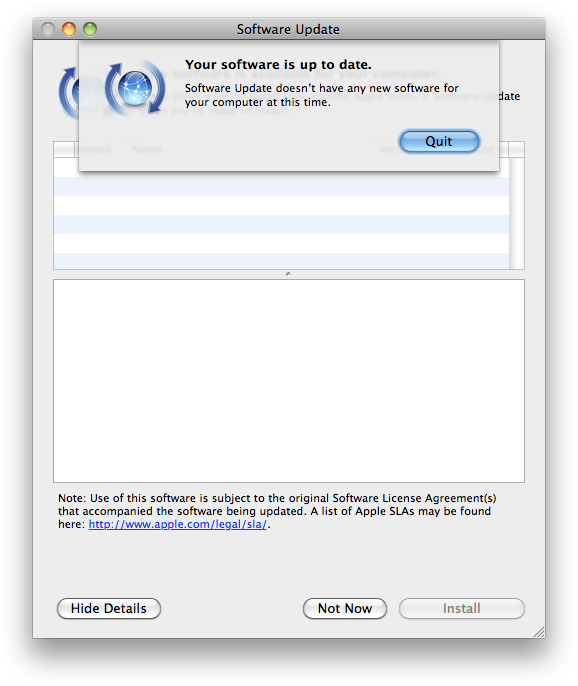
This means that Mac users often have no idea that they’re using unpatched, insecure software that could expose them to drive-by malware installations and other security problems.
Lest you think that nobody would bother releasing malware to attack such old systems, in recent years malware has been found in the wild that was designed to attack multiple platforms, and occasionally this malware has contained PowerPC native code. This didn’t just happen once; it has happened again and again.
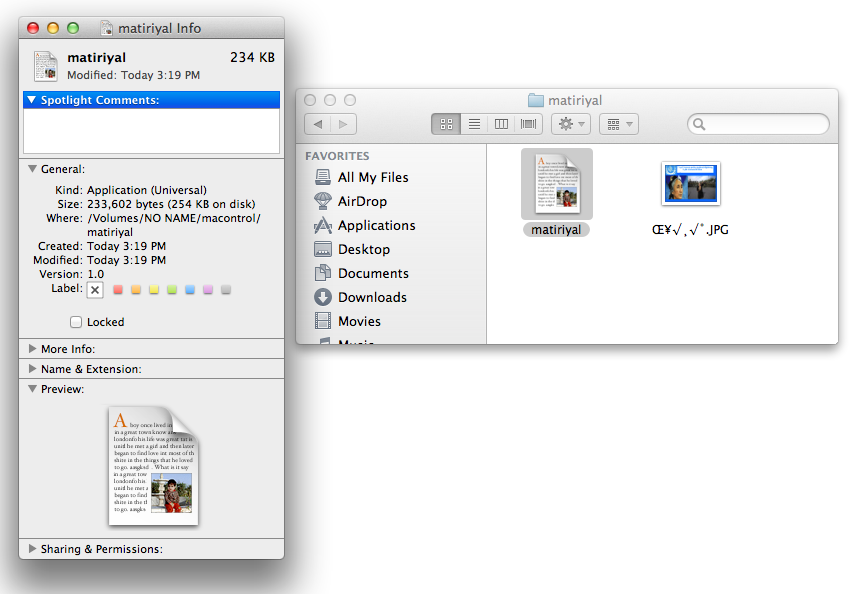
Universal binary malware can run on old Macs, too. (Image credit: Kaspersky)
While Apple boasts about the extremely high percentage of iPhone, iPad, and iPod touch devices that are rapidly upgraded to each major new version of iOS, such is not necessarily the case with Macs and OS X.
Based on the newly released Net Applications data for October 2014, it appears that Yosemite has been installed on fewer than 20% of Macs that are currently being used for Web browsing. That’s not terrible given that it’s been out for less than a month. Mavericks, which has been out for a year and is still being supported, has close to 52% of the Mac market share; that’s pretty respectable, and roughly comparable to Windows 7’s percentage of the overall PC market, but nowhere close to iOS adoption rates. Mountain Lion still holds just over 8%. All other versions of OS X, though, including Lion (nearly 8%) and Snow Leopard (over 10%) on down, comprise roughly 20 to 23 percent* of the Mac market, or over 1/5th of all Macs still being used online.
In other words, over 1/5th of Macs in use today are no longer getting security updates. This makes non-upgraded Macs a potentially significant target for criminals interested in infecting large numbers of computers.
Anyone still using Lion, Snow Leopard, or an earlier version of Mac OS X should strongly consider upgrading to Yosemite if their Mac supports it, or if not, they should buy new hardware if they can afford it. (Let’s face it, that’s what Apple wants you to do anyway.)
But what can you do if Yosemite is not supported on your Mac and you can’t afford to buy a new computer?
If you have an older Intel Mac, you have several options.
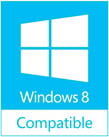
One solution is to set up Boot Camp and install Windows to use it as your Mac’s primary OS. While Apple may not support your Mac anymore, ironically Microsoft does; Windows 8.1 still supports systems with 1 GHz processors, 1 GB of RAM, and 20 GB of available hard drive space. Oddly enough, even Windows 10 Technical Preview’s system requirements hint that Windows 10 will probably run on your old Intel Mac. (Microsoft’s skipping the name “Windows 9,” by the way.)
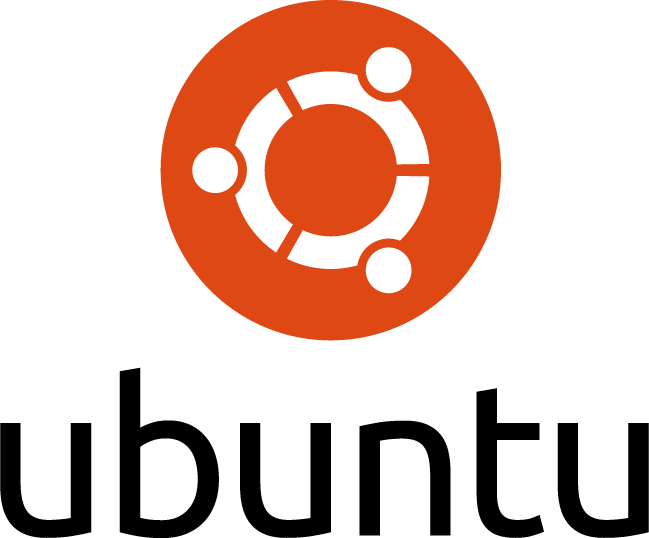 Alternatively, if you can’t afford to buy a copy of Windows, or aren’t interested in risking all your data to a pre-beta operating system, or just can’t stand the thought of running Windows on your Mac—or if you prefer to support free and open-source software—there are guides online detailing how to install Ubuntu Linux on a Mac.
Alternatively, if you can’t afford to buy a copy of Windows, or aren’t interested in risking all your data to a pre-beta operating system, or just can’t stand the thought of running Windows on your Mac—or if you prefer to support free and open-source software—there are guides online detailing how to install Ubuntu Linux on a Mac.
The latest versions of Ubuntu are even still being made available for PowerPC-based Macs, including those with a G3 processor. (At the time of this writing, 14.04.1 is the current LTS or “long-term support” version, meaning that it will be supported for 5 years from its original April 2014 release.)
Another option is, of course, to buy a cheap PC, tablet, or Chromebook, assuming it will do all the things for which you personally need a computer. (Be forewarned: you get what you pay for, and moving from the cohesive Apple ecosystem to something else may be difficult.)
The average Mac user probably won’t be excited about any of those options. I suspect that most Mac users, geeks and non-geeks alike, would rather buy a newer Mac than switch to another platform altogether.
If you can’t afford to buy a brand new Mac but you do have a little bit of money to spend, you can shop around for used Macs, but make sure you buy one that’s new enough to support Yosemite so it will hopefully be able to get security updates for a couple more years.
If you know a Mac user who’s still running an older version of OS X, do them a favor and check to see whether their Mac is capable of running Yosemite. If so, help them upgrade. If not, let them know it’s time to strongly consider getting a newer computer.
The burden of informing users about software and hardware that will no longer receive security updates should really fall on Apple—not on security researchers, security blogs, or blog readers. Let’s hope Apple eventually figures this out and starts giving users clearer notifications when they need to upgrade lest they put their digital safety at risk.
*It’s unclear whether the computers that Net Applications identifies as “Mac OS X 10.1,” which they say accounts for 2.69% of the Mac OS X market share, may in fact be running version 10.10 (with the trailing zero cut off, treating it like a decimal rather than a version number). It’s highly unlikely that Mac OS X v10.1 suddenly had a significant resurgence in users, so I’m guessing that the mistaken dropping of the 0 at the end led to a bit of confusion in their October report.
